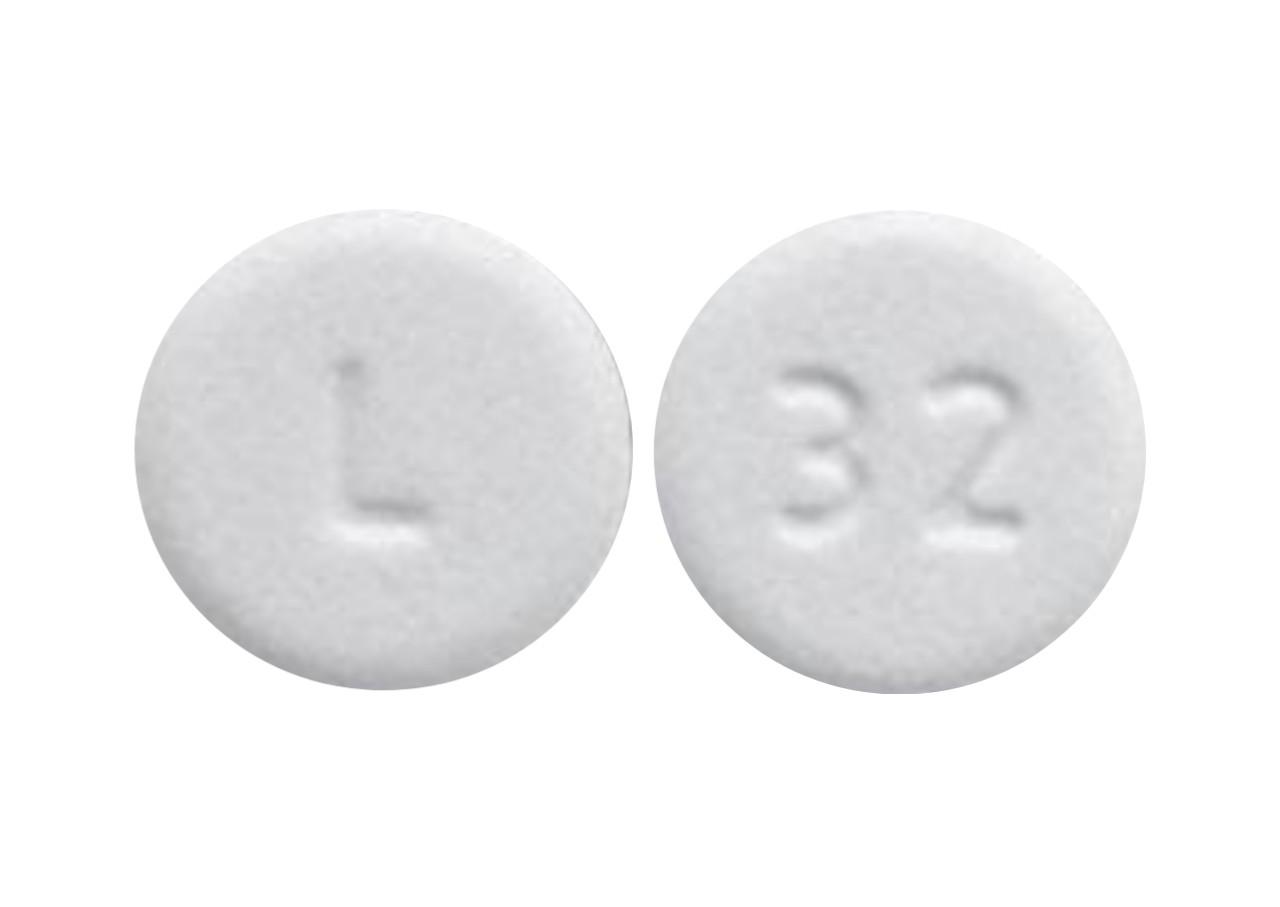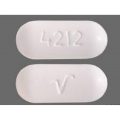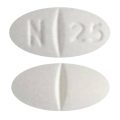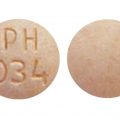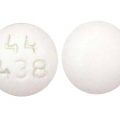The white, round pill with the imprint L 32 has been identified as Amlodipine Besylate 10 mg supplied by Lupin Pharmaceuticals, Inc.. L32 pill is used with or without other medications to treat high blood pressure. Lowering high blood pressure helps prevent strokes, heart attacks, and kidney problems.
Amlodipine belongs to a class of drugs known as calcium channel blockers. It works by relaxing blood vessels so blood can flow more easily. L32 pill is also used to prevent certain types of chest pain (angina). It may help to increase your ability to exercise and decrease the frequency of angina attacks. It should not be used to treat attacks of chest pain when they occur. Use other medications (such as sublingual nitroglycerin) to relieve attacks of chest pain as directed by your doctor.
How to use L32 pill
Read the Patient Information Leaflet if available from your pharmacist before you start taking amlodipine and each time you get a refill. If you have any questions, ask your doctor or pharmacist.
Take L32 pill by mouth with or without food as directed by your doctor, usually once daily. The dosage is based on your medical condition and response to treatment. Your doctor may gradually increase your dose. Follow your doctor’s instructions carefully.
Use L32 pill regularly to get the most benefit from it. To help you remember, take it at the same time each day. Keep taking this medication even if you feel well. Most people with high blood pressure do not feel sick.
If used for angina, this medication must be taken regularly to be effective. It should not be used to treat angina when it occurs. Use other medications (such as sublingual nitroglycerin) to relieve an angina attack as directed by your doctor. Consult your doctor or pharmacist for details.
Tell your doctor if your condition does not improve or if it worsens (for example, your blood pressure readings remain high or increase, chest pain continues or worsens).
What are the side effects of L32 pill?
L32 pill may cause extreme sleepiness. It can also cause other side effects.
More common side effects
The more common side effects that can occur with amlodipine include:
- swelling of your legs or ankles
- tiredness or extreme sleepiness
- stomach pain
- nausea
- dizziness
- hot or warm feeling in your face (flushing)
- irregular heart rate (arrhythmia)
- very fast heart rate (palpitations)
- abnormal muscle movements
- tremors.
If these effects are mild, they may go away within a few days or a couple of weeks. If they’re more severe or don’t go away, talk to your doctor or pharmacist.
Serious side effects
Call your doctor right away if you have serious side effects. Call 911 if your symptoms feel life threatening or if you think you’re having a medical emergency. Serious side effects and their symptoms can include the following:
- Low blood pressure. Symptoms can include:
o severe dizziness
o lightheadedness
o fainting
- More chest pain or a heart attack. When you first start taking amlodipine or increase your dosage, your chest pain may get worse or you may have a heart attack. Symptoms can include:
o chest pain or discomfort
o upper body discomfort
o shortness of breath
o breaking out in a cold sweat
o unusual tiredness
o nausea
o lightheadedness.

